Virtual Tour - Colonial Chapel
The Colonial Chapel
The Lucille Ryals Thompson Colonial Chapel at the American Village is inspired by Bruton Parish Church of Williamsburg. This non-denominational Chapel was built in thanksgiving for God’s blessings on our country and its programs focus on faith and freedom.
During the school year, the Colonial Chapel is utilized as a teaching space. The opening play of the Independence! program takes place there, and during the LAS Patriots program, students portray Mohawk Indians, and plan the Boston Tea Party.
On special public event days such as Memorial Day and Veterans Day, salutes to veterans take place in the Chapel. At Christmas time, a community Christmas Service is held here.
The Chapel is one of just a few spaces on the American Village campus that may be rented for personal private events.
Bruton Parish Church at Williamsburg – the inspiration for the Colonial Chapel
This 350-year-old Episcopal church has hosted many famous patriots. At the time of the Revolution the Church of England was the official church, and all Virginians were expected to attend regularly.
George Washington, Thomas Jefferson, and Patrick Henry attended when the legislature was in session. As emotions and rhetoric heated during the years before the American Revolution, special services took place at Bruton. After the Stamp Act passed in 1765, burgesses expressed their distress in a service at Bruton. The closing of the port of Boston in 1774 touched off another protest when the burgesses marched in solemn procession to the church for a Day of Fasting, Humiliation, and Prayer.
Before the end of the Revolution, Bruton’s fortunes had begun to decline. In 1776 the Virginia House of Burgesses disestablished the Anglican Church by ending tax support. Four years later the capital moved to Richmond, depriving Bruton of the bulk of its membership. After the Battle of Williamsburg in May 1862, Bruton served as a hospital for wounded Confederate soldiers. Bruton and all of Williamsburg struggled to recover from the Civil War, but by the mid-1880s the church was able to make some repairs to the interior. The restoration of the interior to its colonial form was completed by 1907.



